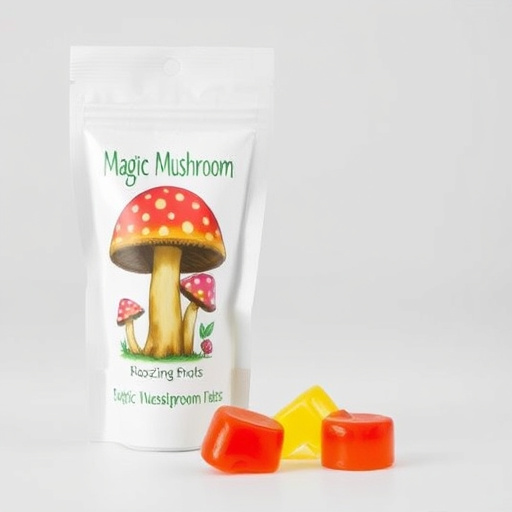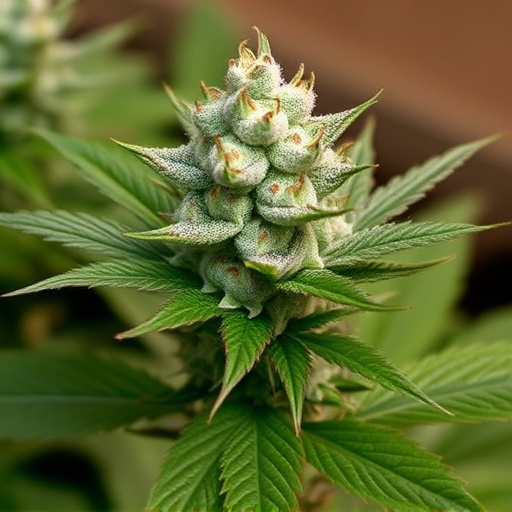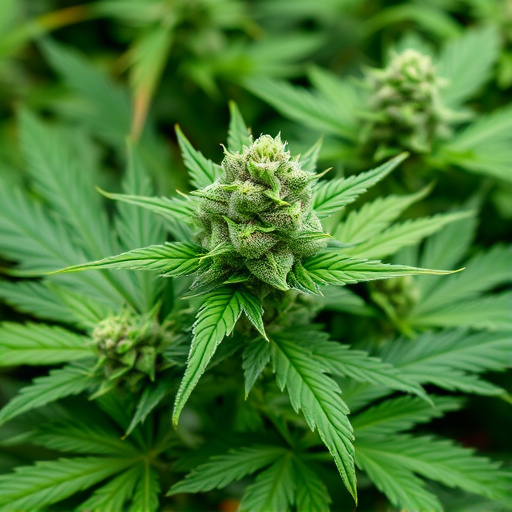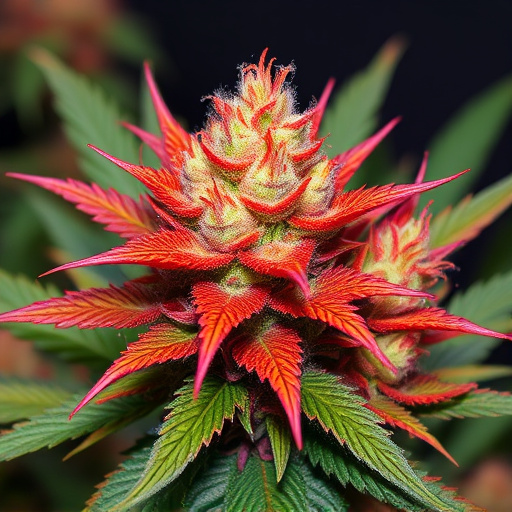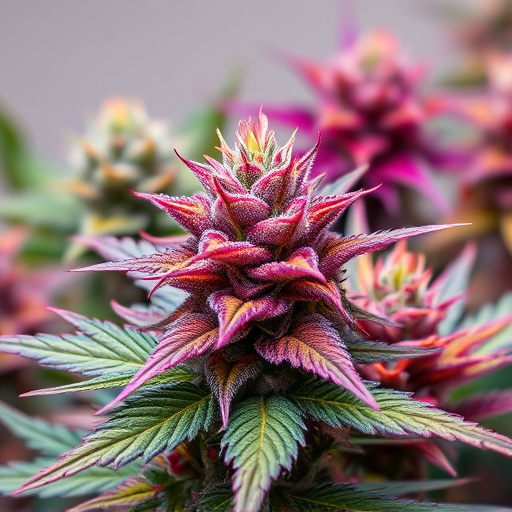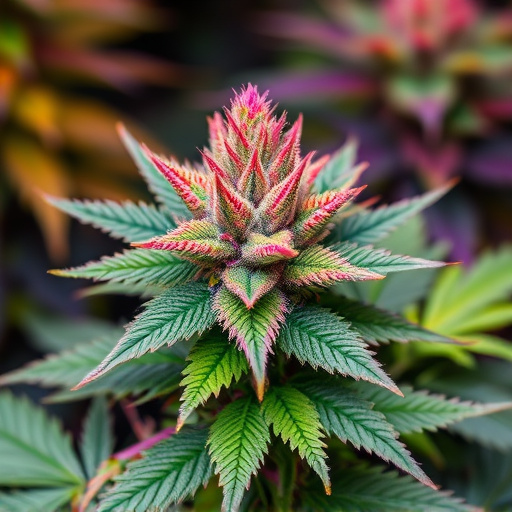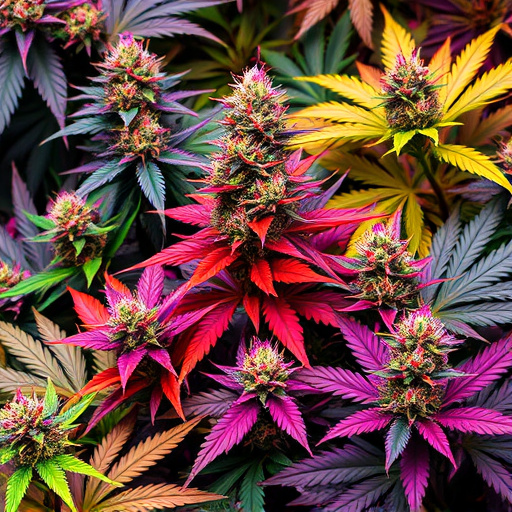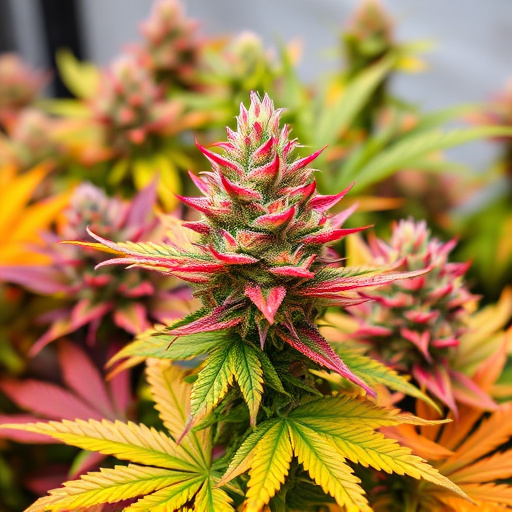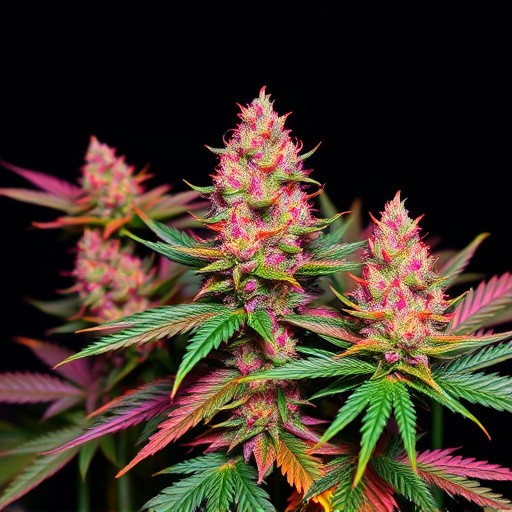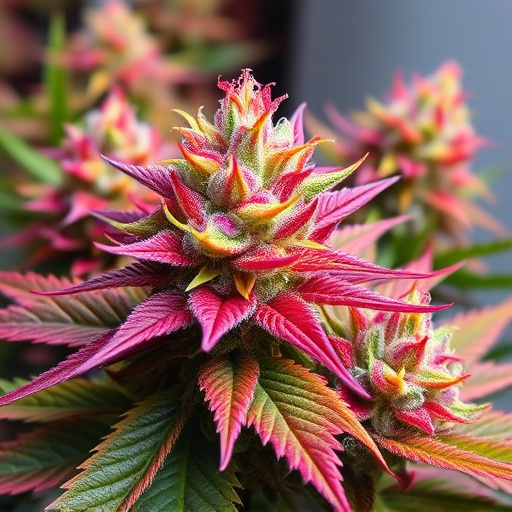The genetics and terpene profiles of cannabis plants greatly affect the duration and intensity of a weed high, with different colorful marijuana strains offering distinct chemical compositions. Terpenes, which contribute to aroma and taste, interact with cannabinoids like THC, modulating the overall experience. Certain terpenes, such as myrcene and linalool, enhance or extend the effects of THC, leading to longer-lasting highs. Cultivators can breed specific profiles, while consumers can tailor their experiences by selecting colorful marijuana strains with desired cannabinoid ratios. Understanding terpene content allows users to anticipate and optimize their cannabis experience, fully appreciating each strain's unique attributes.
Unraveling the factors that dictate the length of a weed high is a fascinating journey into the science behind cannabis. This article explores the intricate interplay between genetics, terpene profiles, consumption methods, and individual variations. From the potent effects of specific cannabinoid ratios to the diverse impacts of different consumption routes, understanding these elements can help users predict and personalize their marijuana experiences, especially when seeking the perfect high from colorful marijuana strains.
- Genetics and Terpene Profiles
- – The role of cannabinoid profiles (THC vs CBD ratios) in determining duration
- – Influence of terpene content on the intensity and longevity of effects
Genetics and Terpene Profiles
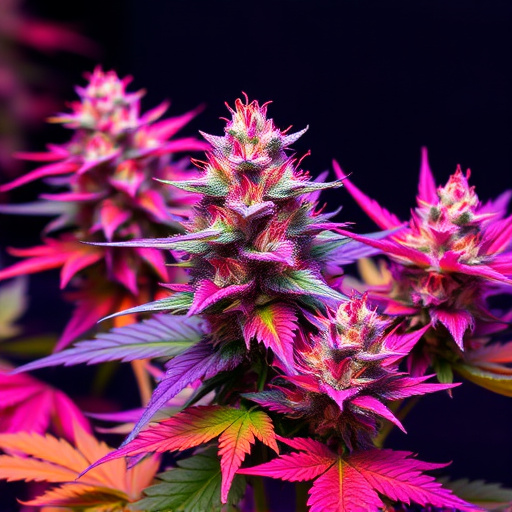
The genetics and terpene profiles of cannabis plants play a significant role in determining the duration and intensity of a weed high. Different strains, known for their vibrant marijuana strains, exhibit unique chemical compositions that influence how users perceive and experience the effects. Terpenes, aromatic compounds naturally present in cannabis, not only contribute to the plant’s distinct smell and taste but also interact with cannabinoids like THC (tetrahydrocannabinol) to modulate the high. Certain terpenes, such as myrcene and linalool, are known to enhance or extend the effects of THC, leading to longer-lasting highs. Understanding these genetic factors is essential for both cultivators aiming to breed specific profiles and consumers looking to optimize their cannabis experiences.
– The role of cannabinoid profiles (THC vs CBD ratios) in determining duration
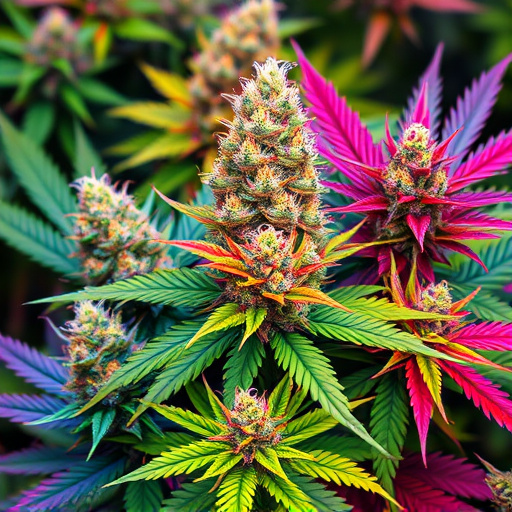
The duration of a weed high is influenced by various factors, with cannabinoid profiles playing a pivotal role. Cannabinoids like THC (tetrahydrocannabinol) and CBD (cannabidiol) interact with our bodies’ endocannabinoid system to produce different effects. The ratio of these cannabinoids in a particular strain of marijuana can significantly determine how long the high lasts.
For instance, higher concentrations of THC are known to induce more intense highs but may also contribute to shorter durations as the body metabolizes and breaks down THC faster. In contrast, CBD is thought to extend the duration of the high by moderating some of THC’s effects and potentially slowing its metabolism, leading to a longer-lasting yet less intense experience. Thus, choosing colorful marijuana strains with specific cannabinoid profiles can be a key factor in managing the length and intensity of one’s high.
– Influence of terpene content on the intensity and longevity of effects
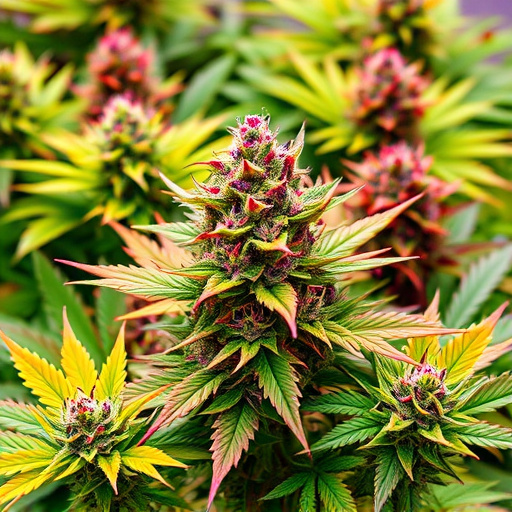
The terpene content in cannabis plays a significant role in shaping the overall experience, including the intensity and duration of the high. Terpenes are aromatic compounds that contribute to the distinct flavor profiles we associate with different marijuana strains. Beyond their sensory appeal, these compounds also interact with cannabinoids like THC, potentially enhancing or altering the effects. Strains known for their vibrant and diverse terpene profiles can offer unique experiences; some terpenes are linked to increased euphoria, while others may promote relaxation or even a more energetic state.
Colorful marijuana strains often boast unique terpene combinations that can lead to longer-lasting highs. For instance, myrcene, a common terpene, is known for its sedative properties and has been associated with prolonging the effects of THC. Linalool, another prevalent terpene, is renowned for its calming qualities, which may extend the duration of relaxation during a high. As such, understanding the terpene content can help users anticipate and optimize their cannabis experience, ensuring they enjoy the full spectrum of the strain’s unique attributes.
The duration of a weed high is influenced by a complex interplay of genetics and chemical profiles. Cannabinoid ratios, particularly THC to CBD, play a significant role in determining how long the effects last. Additionally, terpene content enhances the overall experience, with certain terps extending the intensity and longevity of the high. Understanding these factors can help users select the right colorful marijuana strains to suit their preferences and desired outcomes.
